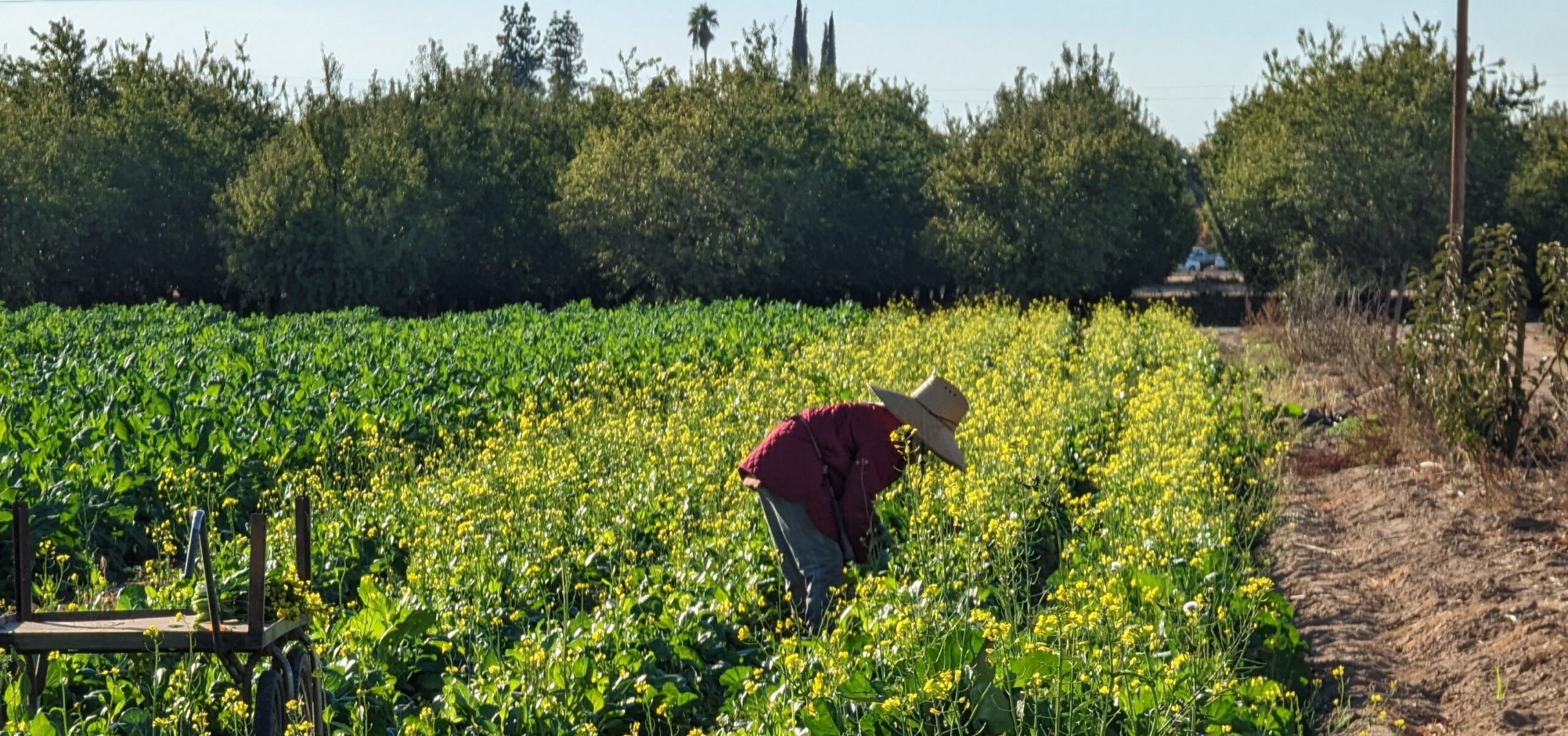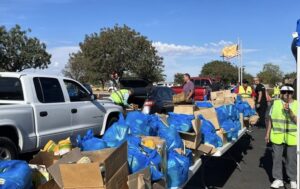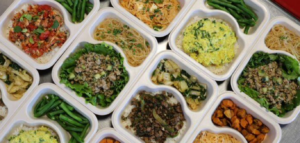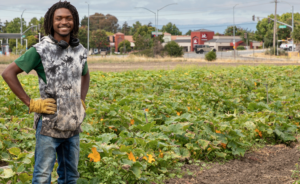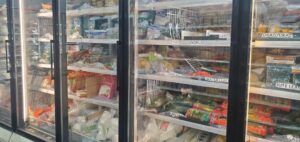Equity can be an abstract idea, but California’s Alameda County Community Food Bank has found a concrete way to put it into practice.
The process began some two-and-a-half years ago, amid the pandemic and the start of a nationwide racial reckoning, when the food bank began examining how it could convert equity from a concept into something tangible. While the food bank gets the bulk of its produce through programs such as the California Association of Food Banks’ Farm to Family program, it also has a budget for purchasing produce. It realized that its budget represented an opportunity to operationalize its equity goals.
When the food bank reviewed how it was spending its produce budget, it realized something else. “We knew the vendors,” said Erick Lovdahl, Vice President of Operations, “but we didn’t know anything about those vendors.” It turned out that only one to two percent of its produce budget was going to farms owned by Black, Indigenous and People of Color (BIPOC). “That’s where we saw the biggest opportunity,” Lovdahl said.

Now the food bank is directing the bulk of its produce purchases to small, local BIPOC farms. This year, it anticipates spending $1.5 million out of its $2 million produce budget with BIPOC farmers. “That was from really almost zero to 75%,” Lovdahl said.
The food bank constructed a values-based algorithm, called the Strategic Partnerships Framework, to guide its mission, which it envisions as “larger than just buying produce from BIPOC farmers,” Lovdahl emphasized. Picture a pyramid with racial equity at its foundation, followed by an emphasis on buying as local as possible, followed by an emphasis on working with smaller farms.
With the framework as its guide, the food bank set an initial goal of trying to spend $500,000 of its produce budget with BIPOC farmers. As the food bank quickly learned, the first challenge in sourcing food from BIPOC farmers is that there aren’t many – less than 5% of farmers overall, Lovdahl estimated. “They’re there,” he said, “but they’re scattered about.”
The program got a major boost by partnering with Saba Grocers Initiative, an Oakland, Calif.-based grassroots initiative that serves as a broker between farmers and Arab immigrant and Black corner-store owners in neighborhoods with limited fresh produce options. Saba connected the food bank to Saba’s network of BIPOC farmers, helping the food bank to direct some $1.2 million to BIPOC farmers in its first year.
Saba also helps the food bank overcome another challenge. Smaller farms produce smaller yields that don’t, by themselves, fill a truck. Saba transports the food bank’s BIPOC-sourced produce along with its own orders, an arrangement that benefits both organizations by keeping transportation costs down.
As the food bank’s initiative has grown, so has the list of lessons learned. Small farmers are out in the field, working. They’re not checking email all the time. Some have cash flow issues and might need quicker payment terms. Others might not be able to supply sufficient quantities for the food bank’s needs. Relationship building is critical. “If you can,” Lovdahl said, “go out to those farmers and actually meet them in person.”
Now the food bank is looking to scale its initiative. It’s talking with other Northern California food banks about pooling their produce budgets into a regional purchasing commitment with the BIPOC farming community.
The framework’s impact, Lovdahl said, has been “huge.” And multifaceted. The food bank is supporting BIPOC farmers, a systematically disenfranchised group. Many of the BIPOC farmers grow produce that’s culturally relevant for the food bank’s clients. The food bank’s partnership with Saba Grocers is helping both organizations meet their missions. And, Lovdahl said, the food bank’s employees “are really proud of the work.” Win, win, win. And win. – Amanda Jaffe
Amanda Jaffe is a writer and former attorney with a deep interest in organizations and mechanisms that address food insecurity. In addition to Food Bank News, her essays and articles have been published in a number of print and online magazines and journals. Her writing may be found at www.amandajaffewrites.com.
PHOTO, TOP — Saba Grocers Initiative helped Alameda County Community Food Bank connect with farms run by people of color. Photo courtesy of Saba Grocers Initiative.
Like what you’re reading?
Support Food Bank News
